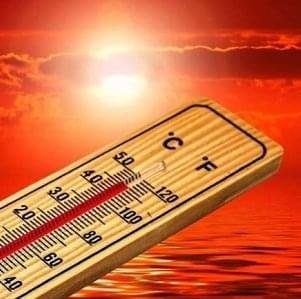A new study by the Harvey L. Neiman Health Policy Institute has found that living in neighborhoods with higher heat vulnerability is associated with more severe strokes. Researchers examined a decade of acute ischemic stroke admissions at Northwell Health’s comprehensive stroke center in New York, using the Heat Vulnerability Index (HVI) to assess patients’ neighborhood-level risk of heat-related mortality.
The results, published in the International Journal of Environmental Research and Public Health, showed that patients from high-HVI neighborhoods were 40% more likely to experience severe strokes. This finding highlights the potential impact of climate change and rising temperatures on stroke outcomes, particularly in vulnerable communities.
Lead author Dr. Jason Wang emphasized that the HVI considers both environmental and social factors, providing a comprehensive view of heat-related disparities. This approach could inform policymaking efforts to reduce stroke disparities across different communities.
Dr. Pina C. Sanelli, senior author of the study, noted that the HVI could serve as a novel modifiable stroke risk factor to improve environmental and social determinants of stroke disparities. The research is especially relevant as policymakers address climate change amid an aging population already at higher risk for stroke.
Dr. Elizabeth Rula, Executive Director of the Neiman HPI, highlighted the importance of access to advanced imaging and treatment strategies for improving stroke outcomes. She suggested that the HVI could help direct efforts to enhance access to life-saving procedures in vulnerable areas, potentially addressing racial and ethnic health disparities related to stroke severity and outcomes.


